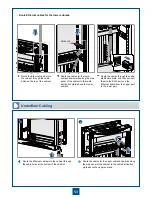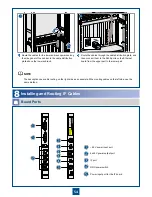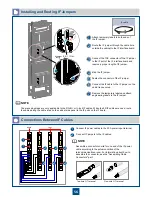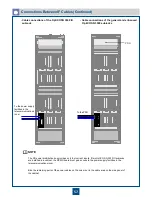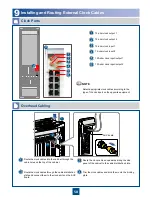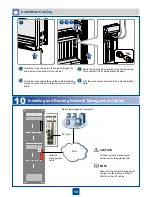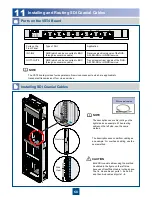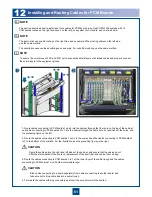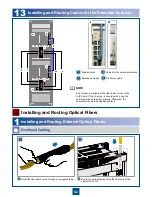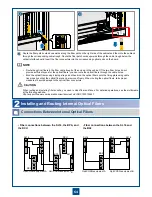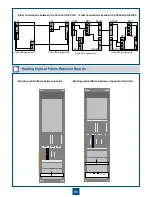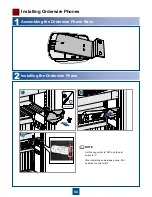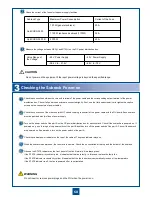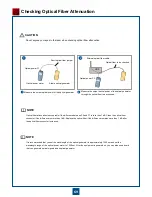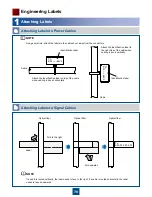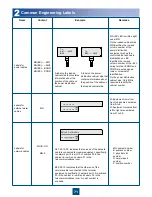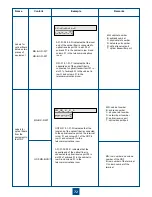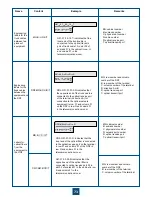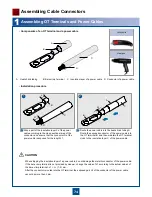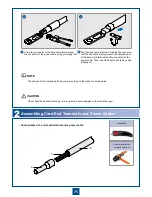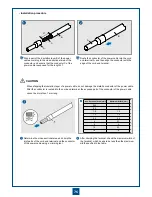
67
1
Checking Installation Effectiveness
Checking the Installation
No.
What to Check For
Method
1
The cabinet is installed in the position specified in the engineering design documents.
Check the
position.
2
The mechanical parts of the cabinet are installed correctly and securely, and are not
damaged. The surfaces of the cabinet do not contain any fingerprints, stains, or scratches.
Check.
3
The cable holes on the top and at the bottom of the cabinet are sealed properly.
Check.
4
The cables are routed according to the engineering design documents.
Check.
5
The cables are not damaged or broken and do not contain any joints. The cable connectors
are connected correctly and securely.
Check.
6
The labels at both ends of the cables and optical fibers are correct, legible, and in good order.
Check.
7
The optical fibers outside the cabinet are not pinched or pressed by other cables or articles
and are placed in a protective corrugated tube or cable trough.
Check.
8
The bending radius of the optical fibers is not less than 40 mm. No protruding component
exists on the routing path of the optical fibers.
Check.
9
The optical fibers are properly arranged and bound with binding straps and do not contain any
scratches.
Check.
Ensure that fixed optical attenuators have been configured as required, before powering on the subrack.
Turn off the power supply facilities, and then measure the resistance between NEG(-), RTN(+), and PGND using a multimeter.
Turn off all the power switches after the measurement.
Circuit Breaker
Resistance
Between NEG(-)
and RTN(+)
Resistance Between
NEG(-) and PGND
Resistance Between
RTN(+) and PGND
Turn all the power switches on the
DC power distribution box to "OFF".
∞
∞
0
Turn all the power switches on the
DC power distribution box to "ON".
More than
20,000
ohms
More than
20,000
ohms
0
2
Checking Equipment Prior to Powering Up
Ensure that the circuit breaker corresponding to the idle power cable is in the "OFF" state, before powering on the equipment
CAUTION
CAUTION

